Selva Shrimp, produced in harmony with mangrove forests in Vietnam, makes believers out of discerning buyers
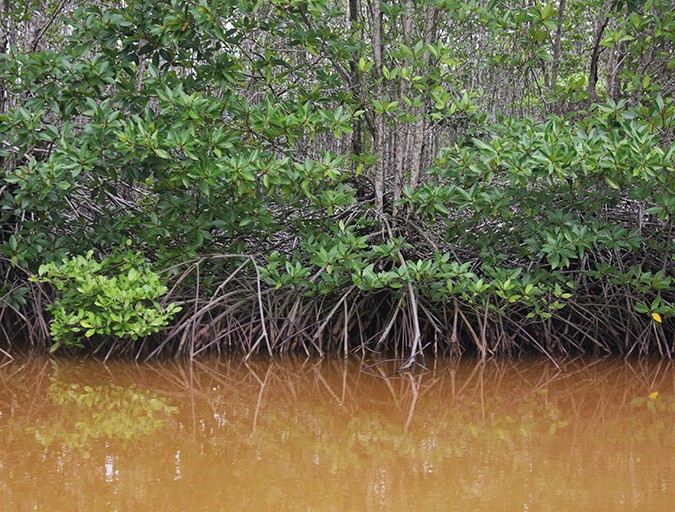
It wouldn’t be at all extreme to call Ned Bell, executive chef at the Four Seasons Hotel Vancouver, a sustainable seafood zealot. The chef’s environmental evangelism isn’t just for show. In 2014, to promote awareness of the importance of sustainable seafood, Bell rode his bicycle from one rocky sea-sprayed coast of Canada to the other, hosting nearly two-dozen educational events along the 5,000-mile journey.
So when the chef decided to include a farmed shrimp option on his menu, the founder of Chefs for Oceans understood his reputation would be at stake.
“Customers trust me,” he said. “Our whole ethos is sustainable seafood. We’ve only served sustainable seafood from the get-go.”
Until last fall, Bell had been known for serving only locally caught wild shrimp: British Columbia spot prawns, humpback shrimp and side stripe shrimp. To settle on a farmed option, he says he “had boxes that needed checking,” which included quality, flavor, consistency and the ability to order by size. And, he added, it was essential that the product be green-lighted by Canada’s Ocean Wise program, a rating system akin to Monterey Bay Aquarium’s Seafood Watch.
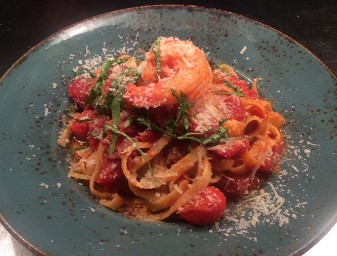
It was Selva Shrimp from Vietnam that fit the bill, and by September it was peppering menus throughout the hotel.
“It’s on our seafood tower. It’s in a pasta dish and an appetizer, and it’s on the lounge menu as a tempura shrimp,” Bell said. “Customers have fallen in love with it.”
It’s easy to see why. In an industry dogged by long-standing concerns over mangrove destruction, chemical use, pollution, murky supply chains and even modern-day slavery, Selva Shrimp brings a breath of briny fresh air to the marketplace.
Grown within the mangrove forests of the Ca Mau region of Southern Vietnam, Selva Shrimp is an aquaculture improvement initiative developed by Switzerland-based Blueyou Consulting Ltd. and has been canonized by some as possibly the most sustainable shrimp on the planet.
Selva Shrimp is a silvofishery — a scientific term which literally translated from Latin (Silva piscarium) means “forest fishery.” It’s an apt description for this low-intensity farm system that grows black tiger prawns within the mangrove forest without the use of added inputs including feed or fertilizers — or as Blueyou marketing material boasts: “Raised by mother nature.”
“This is as good as a farmed shrimp can get with regards to the environmental impacts,” said Blueyou founder Rene Benguerel.
Ecologically, Benguerel’s boasts hold water. No added feed or fertilizers eliminate concerns over effluent. Farming a native species means worries of escapement are low. Selva Shrimp stocking density is on par with wild natural densities — 1 to 1.5 shrimp per square meter. And when early mortality syndrome (EMS) walloped the shrimp industry in Southeast Asia from 2009 to 2014, Selva Shrimp growers faired surprisingly well.
“When most Southeast Asian shrimp farms were heavily impacted by disease such as EMS, we did not experience a downtrend in harvest yields,” said Benguerel. “We believe the shrimp in the natural farming system are simply much more resilient and less vulnerable to disease.”
Maintaining mangroves
One of the most critical benefits of Selva Shrimp and the concept of a silvofishery is that the mangroves are preserved. In Ca Mau, a combination of Vietnamese law and Selva Shrimp’s criteria ensure that the vast majority of farms retain at least 50 percent mangrove cover.
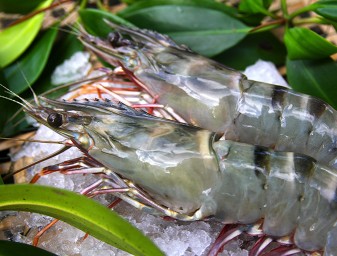
Mangrove deforestation from shrimp farming has been on the radar of environmental groups, scientific groups, government agencies and nearly everyone associated with the international aquaculture industry for decades. Their role in the ecosystem is incredibly important. Mangroves enhance fisheries, provide coastal protection and store high densities of carbon.
And there’s growing awareness in the region that converting mangroves for other uses is impolitic.
“Besides the ecological benefits that are lost, there’s a business case to not convert mangroves,” said Aaron McNevin, WWF director of aquaculture. “Our data suggests that there is a 15 percent increase in the cost of construction when a farm is built in wooded areas versus agricultural land that has already been cleared. There is a 30 percent increase in construction costs if the farm is constructed in wetland or mangrove areas when compared to agricultural land.”
But for many regions, the opportunity for vast mangrove preservation comes too late. A recent study in the Proceedings of the National Academy of Sciences authored by Daniel Richards, a researcher at the National University of Singapore, tracked mangrove deforestation in Southeast Asia between 2000 and 2012 and found that 100,000 hectares of mangroves were removed during the period. So even in recent years, mangrove forests were still being destroyed, but at 0.18 percent a year, it’s a slower decline than previous studies have reported.
With no feed inputs or related costs, small-scale farmers don’t need to extend themselves to obtain loans to purchase feed, which can represent between 50 and 70 percent of an aquaculture operation’s overall costs.
While many presumed aquaculture was the major driver during that period, Richards said it is not the only culprit. It turns out that agriculture — specifically rice and palm oil — have played a significant role in mangrove destruction in countries like Myanmar, Malaysia and Indonesia.
“It’s likely that the bulk of mangroves had already been lost in countries like Thailand and the Philippines, which have had large aquaculture industries since the 1980s,” said Richards. “Another example is Singapore — 90 percent of its original mangrove area has now been lost, but we recorded no deforestation between 2000-2012.”
During that same period in Vietnam, Richards points to port construction and other forms of urbanization contributing to mangrove loss. In Myanmar, rice production was the major driver of mangrove destruction, while palm oil agriculture accounted for the largest proportion of mangrove conversion in Thailand, he said.
Efforts to farm shrimp in harmony with mangrove forests are gaining attention. In December, Mangroves for the Future and the International Union for Conservation of Nature (IUCN) announced they were assessing the potential of mangrove-based shrimp farming in India and Myanmar.
Benefits to small-scale farmers
The benefits of Selva Shrimp’s style of aquaculture aren’t limited to environmental concerns alone. An important focus of the program is on improving the lives of the growers themselves. With no feed inputs or related costs, small-scale farmers don’t need to extend themselves to obtain loans to purchase feed, which can represent between 50 and 70 percent of an aquaculture operation’s overall costs. That translates into lower production risks and more stable livelihoods for families in these poor areas.
Selva Shrimp tells a compelling story, and there’s a strong incentive to keep these carefully produced shrimp out of the commodity market. The company is counting a strong branding program combined with a transparent third-party verification system and an efficient supply chain to open doors to global markets for the farmers’ products.
The timing appears to be right: Given a growing consumer appetite for real transparency when it comes to seafood, Selva Shrimp is well positioned.
“We want to give these farmers a face on the world market and to give them access,” says Urs Baumgartner, Selva Shrimp program director in Vietnam.
Benguerel says there are currently more than 2,500 farmers growing shrimp on 10,000 hectares in the Selva Shrimp program, with plans to grow to 20,000 hectares and 3,000 small-scale farmers by 2020.
Baumgartner says there’s increased awareness in the industry of what Selva Shrimp is trying to accomplish.
“A lot of people think we’re doing crazy or fascinating work on the ground,” said Baumgartner. “We’re just trying to link farmers and buyers together.”
But that doesn’t stop calls from buyers seeking commodity prices. Selva Shrimp are relatively expensive, but a market for them exists. Chef Bell’s Four Seasons customers don’t balk at higher prices for quality seafood.
“For us it’s about communication. We have a responsibility to no only know what’s going on in our industry but to use that information to educate our customer and like-minded peers,” he said. “Any time I have a great product like Selva Shrimp, and it has a brand attached to it, it’s an opportunity to educate.”
Author
-

Clare Leschin-Hoar
California-based journalist Clare Leschin-Hoar covers food policy and seafood. Her work has appeared in The Guardian, NPR, Scientific American, EatingWell and many more. Follow her on Twitter: @c_leschin.
Tagged With
Related Posts
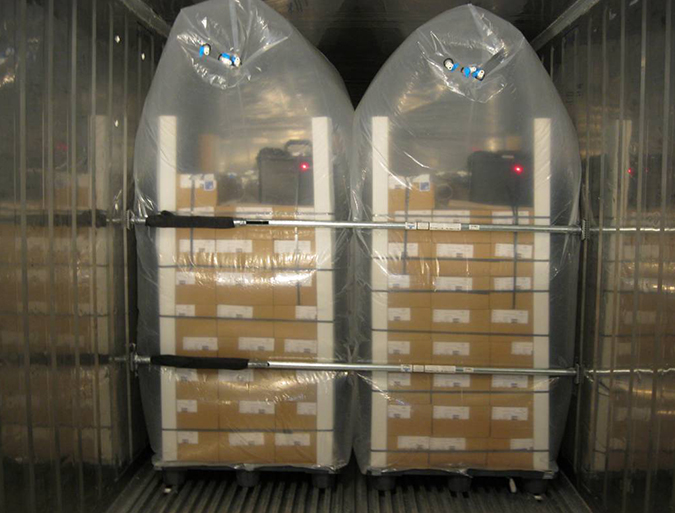
Responsibility
Slow fish: Preventing waste via packaging
BluWrap shipping technology can cut the seafood industry's abysmal food-waste statistics by dramatically extending the shelf life of fresh product. Company CEO Mark Barnekow's mission is to get fresh fish off airplanes and onto ocean-bound cargo ships.
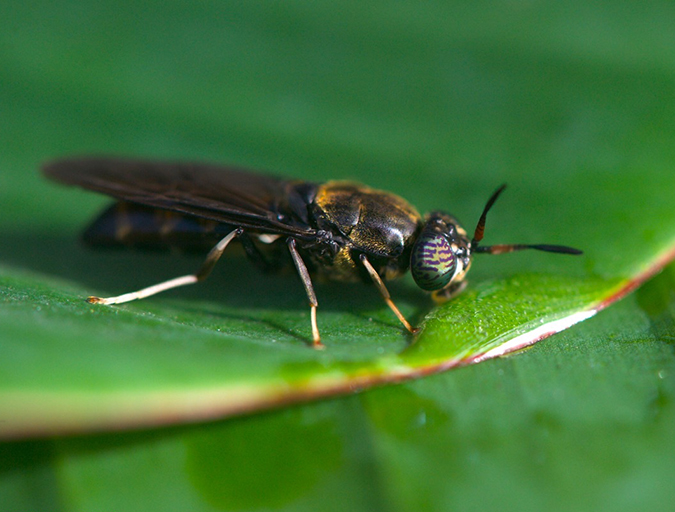
Aquafeeds
Buggin’ out: Tapping the potential of insect meal in aquaculture
Black soldier flies are gaining interest as a leading alternative ingredient in aquafeeds. But will the “ick” factor be a turn-off? Advocate contributor Clare Leschin-Hoar investigates.
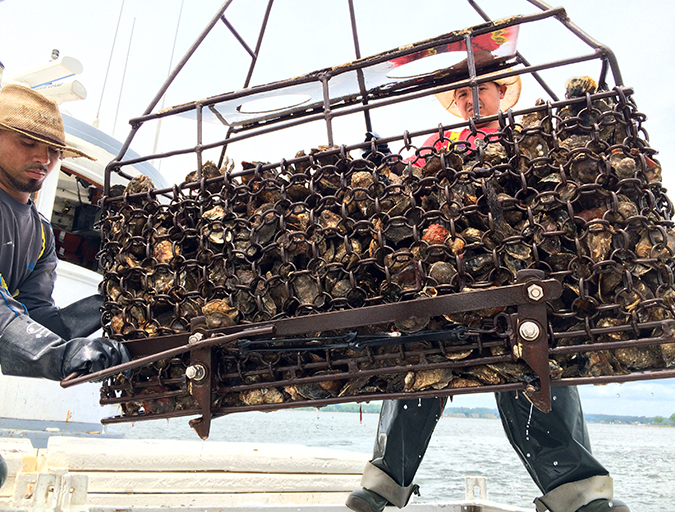
Intelligence
As ocean temperatures rise, so too will vibrio outbreaks
A study using a half-century of data has linked climate change and warming sea temperatures with an increase in illnesses from the common vibrio bacteria. Shellfish growers, fighting a particularly virulent strain of Vibrio parahaemolyticus, are changing their harvest protocols.
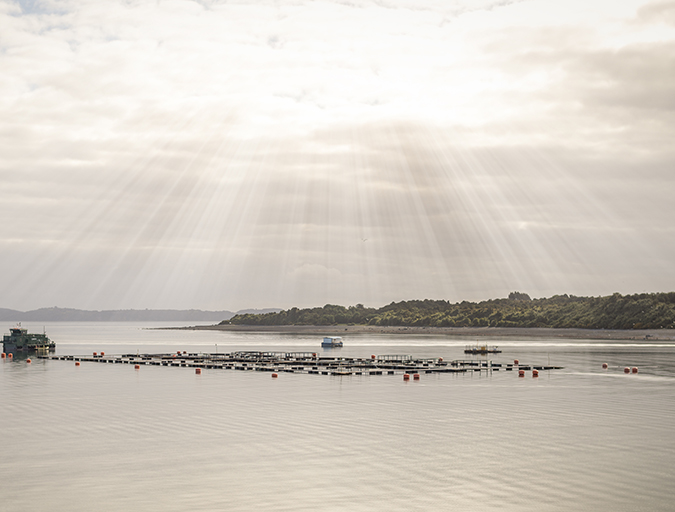
Responsibility
Chilean salmon farmers see brighter days ahead
Chile’s farmed salmon industry has had a rough decade. A lot is riding on its ability to work through the turbulence, including 70,000 jobs and $3.5 billion in annual sales. Is reducing production the answer?

